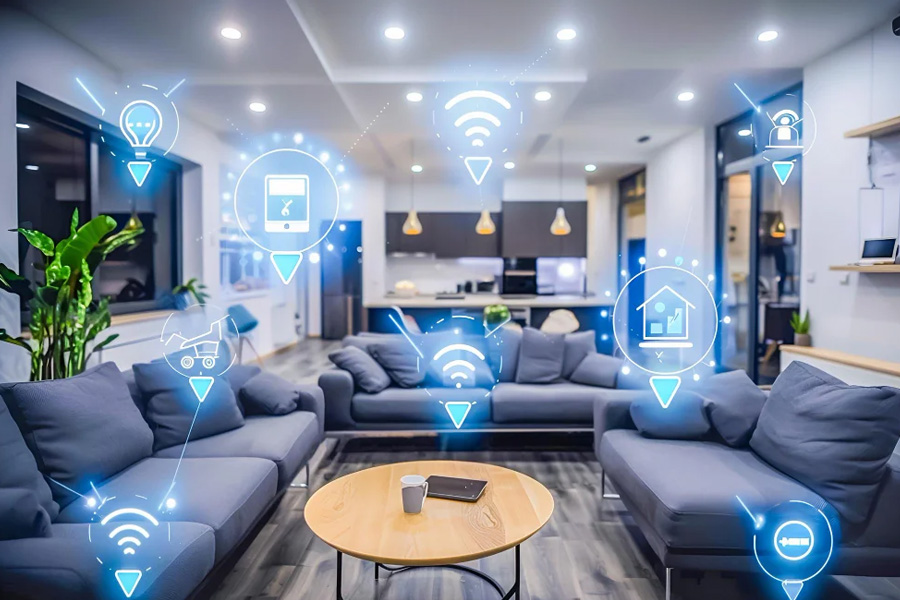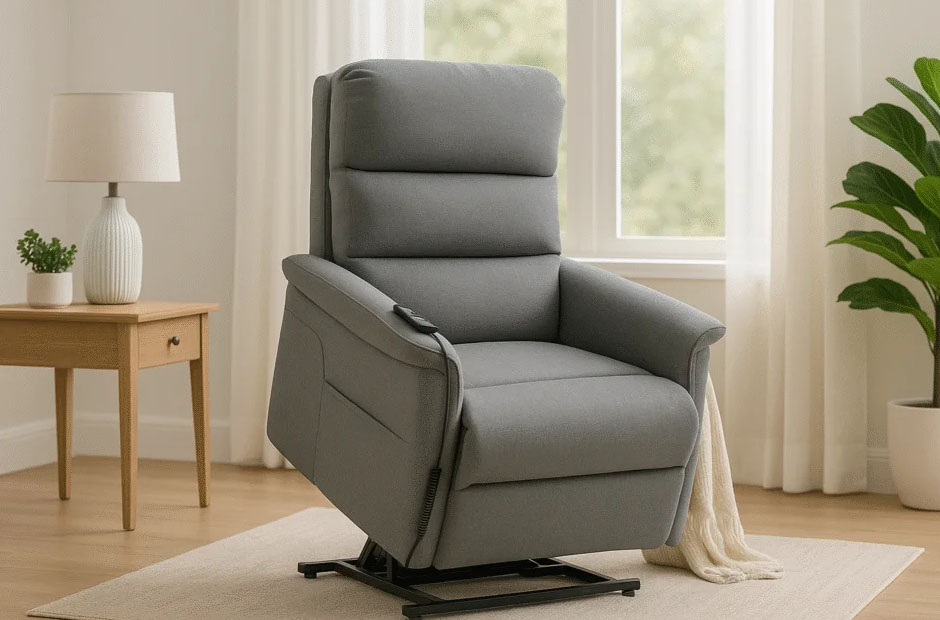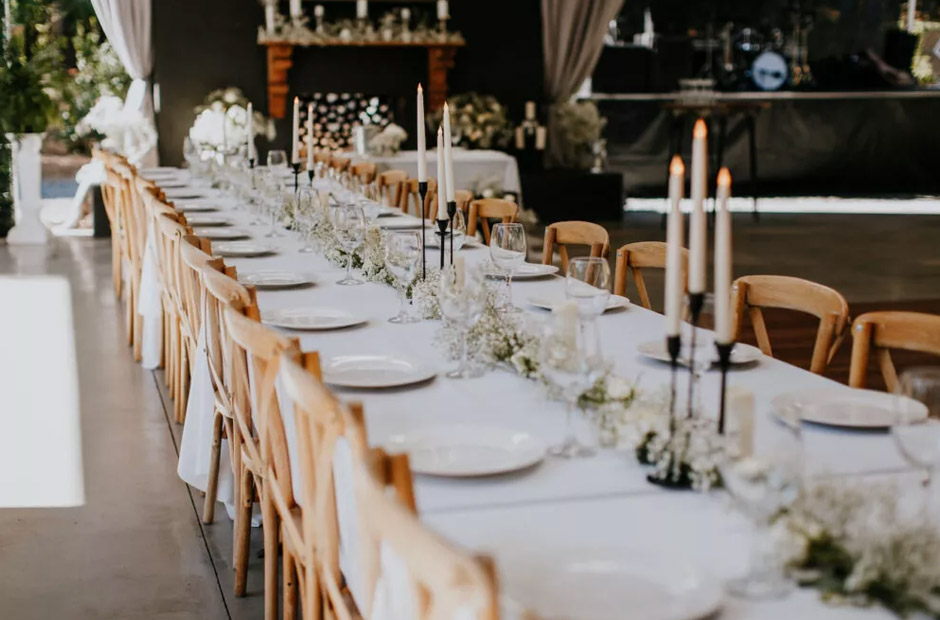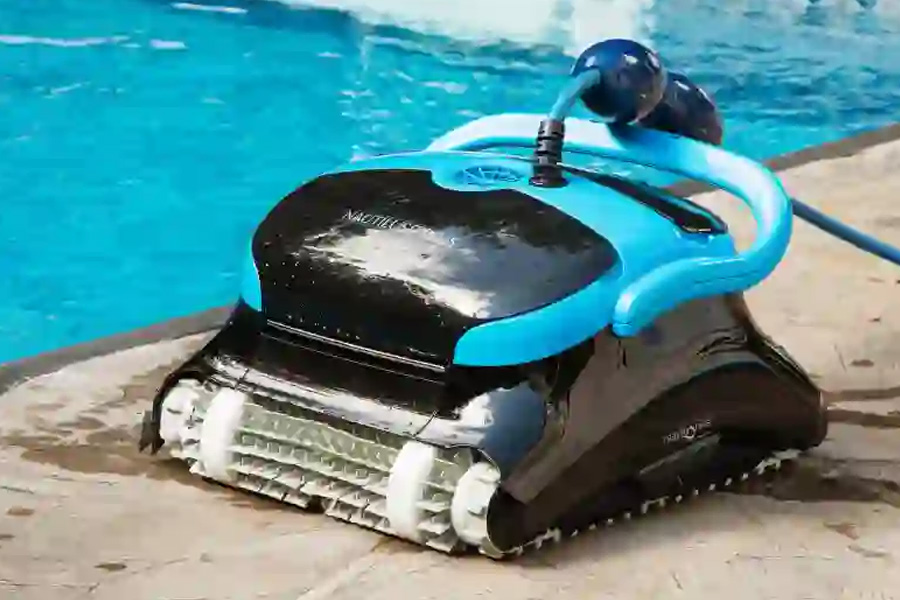Now Reading: How Smart Home Systems Deliver Everyday Luxury
-
01
How Smart Home Systems Deliver Everyday Luxury
How Smart Home Systems Deliver Everyday Luxury

Table of Contents
- What Is a Smart Home System?
- Everyday Convenience Meets High-End Comfort
- Designed for How You Live
- Security and Peace of Mind
- The Future of Home Living
- FAQ
What Is a Smart Home System?
A smart home system is less a single gadget and more a choreography of devices, apps, and quiet intelligence working together to shape how a home feels and behaves. Think lights that know your rhythm, thermostats that learn your comfort threshold, speakers that cue the right song the moment you walk in—everything tied to a central platform you control with an app or a casual voice command. It’s about connectedness: sensors, controllers, cameras, and interfaces that trade data and make tiny decisions so you don’t have to.
At its heart, the technology is simple: devices exchange signals, a central brain coordinates actions, and rules or routines translate habits into automation. But the effect is cinematic—the house responds like a thoughtful host, anticipating needs and smoothing transitions. That’s where the luxury lives: not in shiny panels or expensive finishes, but in the effortless sense that your home simply knows.
Everyday Convenience Meets High-End Comfort
Automation turns repetitive chores into background music. Schedule your lights to fade at dusk, set morning curtains to rise with your alarm, and cue evening scenes that dim, warm the light, and play soft music. These scenes aren’t showy; they’re tiny luxuries stacked together until the daily rhythm feels polished and indulgent.
Comfort is now adaptive. Climate systems learn when to preheat or cool based on your comings and goings, and smart shading balances natural light with privacy and energy savings. It’s a tactile upgrade: stepping into a place that’s already at your preferred temperature and hue feels like being stepped into the center of a personal film—one where the set is always perfect and the director is invisible.
Convenience extends beyond the living room. Grocery reminders, scheduled appliance cycles, and locks that bolt themselves when everyone’s gone turn friction into flow. The payoff is time reclaimed—simple, luxurious moments like walking into a home that already feels exactly as you want it to.
Designed for How You Live
A luxury system is a custom system. Off-the-shelf kits are useful starters, but the difference between tech and comfort is design. A good smart home build begins with questions about daily patterns, not product checklists: when do you wake up, who uses which rooms, what feels intrusive versus helpful? The answers shape device placement, automation logic, and aesthetic choices so tech fades into the background rather than shouting for attention.
Retrofitting older houses calls for smart discretion—hidden hubs, wired upgrades where needed, and devices chosen to respect architectural character. New builds get the advantage of planning: prewiring, integrated speakers, and discreet sensor placement create a system that looks as intentional as the rest of the home. Designers and integrators translate lifestyle into rules, so the system feels like an extension of you rather than an add-on.
Security and Peace of Mind
Luxury isn’t just velvet—it’s confidence. Smart home security elevates basic safety into a proactive service: cameras that alert you to unusual movement, locks you can check and control remotely, and sensors that tell you if a door was left open. The ability to peek in from anywhere, pause a delivery with a command, or see who’s at the gate from your phone builds a private kind of calm.
But it’s also practical. Motion alerts, automated lighting triggered by activity, and real-time notifications create a layer of awareness that reduces anxiety. And because many systems integrate with emergency services or monitored alarms, smart security can be both reassuring and quietly powerful—protective without intruding on daily life.
The Future of Home Living
Smart home tech has stopped being a novelty and started becoming grammar. The future is less about flashy innovations and more about deeper, quieter intelligence: better interoperability between brands, smarter on-device processing to protect privacy, and interfaces that feel less like tools and more like extensions of instinct. Voice will be smoother, routines will anticipate nuance, and homes will adapt with a kind of subtle empathy.
What changes most is the idea of luxury itself. It shifts from conspicuous consumption to curated comfort—systems designed to simplify choices, preserve time, and create small rituals that matter. The homes that feel most luxurious tomorrow will be the ones that learn the household’s story and adjust to it, not the ones that simply showcase the newest gadget.
FAQ
What exactly can I control with a smart home system?
You can control lighting, climate, audio, security, and shading, with many systems also integrating appliances, irrigation, and home entertainment. Control is typically available via apps, voice assistants, or central panels.
Do smart home systems save energy?
Yes—by automating thermostats, shades, and lights to operate only when needed, smart systems can reduce waste and improve energy efficiency over time. Savings vary by usage patterns and the quality of the installation.
Is a professional installation necessary?
Not always; DIY systems are great for starters, but professionals help tailor the system to your home and habits, hide wiring, and integrate multiple brands seamlessly. An installer can make the experience feel refined and effortless.
Will smart home devices work if the internet goes down?
Many devices maintain local functionality for basic tasks, but cloud-dependent services (like remote monitoring or voice assistants hosted remotely) can be limited during an outage. Redundancy and on-site control hubs reduce disruption.
Are smart homes secure from hacking?
Security varies by product and setup; strong passwords, network segmentation, regular updates, and reputable vendors significantly reduce risk. Taking basic cybersecurity steps protects both devices and privacy.
Can smart home systems be added to older houses?
Absolutely—retrofits can combine wireless devices, selective rewiring, and discreet hubs to integrate smart features without altering the home’s character. Thoughtful design keeps technology elegant and unobtrusive.





















